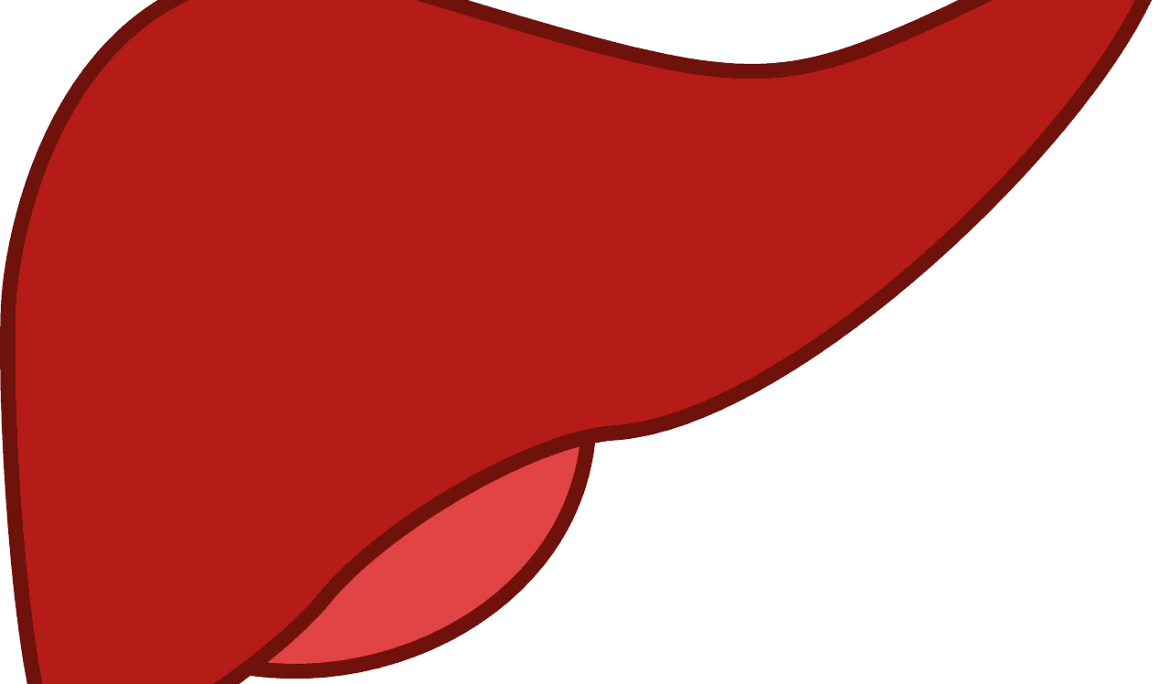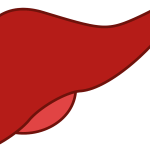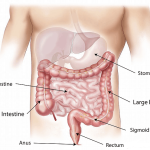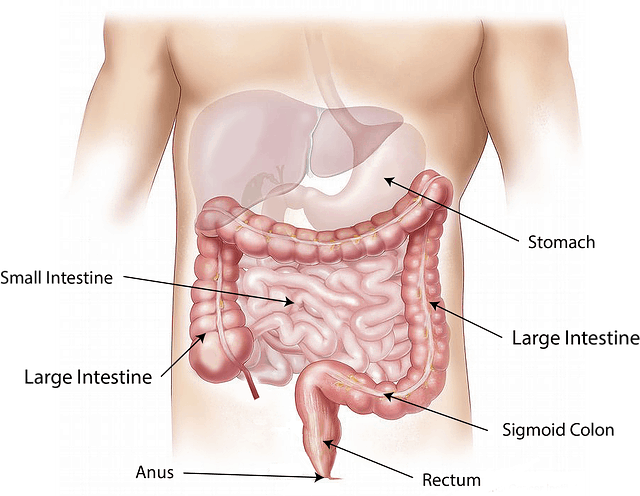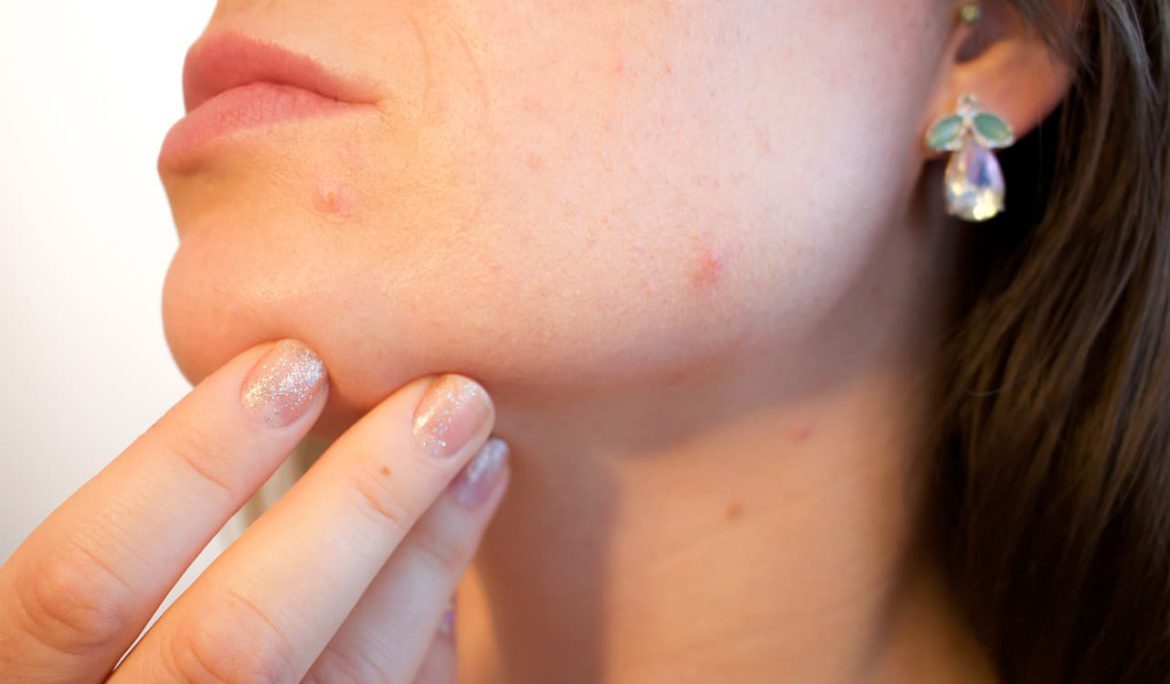Cirrhosis is a late stage of scarring (fibrosis) of the liver caused by many forms of liver diseases.
A wide range of diseases and conditions can damage the liver and lead to cirrhosis. Some of the causes includes chronic alcohol abuse, chronic viral hepatitis (Hepatitis B, C and D). Fat accumulating in the liver (non-alcoholic fatty liver diseases). Iron buildup in the body (haemochromatosis) cystic fibrosis. Copper accumulated in the liver (Wilson’s disease). Poorly formed bile ducts (biliary atresia). Liver disease caused by your body’s immune system (autoimmune hepatitis). Destruction of the bile ducts (primary biliary cirrhosis).
Risk factors includes drinking too much alcohol, being overweight and the presence of viral hepatitis infection. Cirrhosis often have no signs or symptoms until liver damage is extensive. When signs and symptoms do occur, they may include fatigue, easily bleeding or bruising. Loss of appetite nausea, swelling in your legs, feet or ankles (edema), weight loss, itchy skin, yellow discolouration in the skin and eyes (jaundice). Fluid accumulation in your abdomen (ascites). Spiderlike blood vessels on your skin. Redness in the palms of the hands. Loss of sex drive and breast enlargement in men called gynecomastia. In severe cases hepatic encephalopathy which presents with confusion, drowsiness and slurred speech.
Your doctor might order one or more tests that may suggest a problem with your liver, including drawing blood for a liver function test (LFT). Imaging such as sonar, CT-scan or MRI-scan are done to ascertain the anatomical structure of the liver. Biopsy can be done and is often optional. Treating cirrhosis is a multi-disciplinary approach that involves doctors, pharmacist, psychologist, nurses and dieticians. Patient might need counselling to help them stop abusing alcohol. Loss of weight through dietary modifications often helps. Medication can be given and is often directed at symptomatic treatment.
Complications of cirrhosis can include portal hypertension, swelling of the legs and abdomen. Enlargement of the spleen. Bleeding, infections, malnutrition and increased risk of liver cancer. Prevention is always better than cure. Do not drink alcohol if you have cirrhosis. Eat a healthy diet. Maintain a healthy weight.
Make an appointment with your doctor if you have signs and symptoms that are discussed above if you’re concerned about risk of liver cirrhosis, talk to your doctor about ways you can reduce your risk. Dr. Makemba Shayela Nelson – MBChB – University of Kwazulu-Natal, Durban, South Africa. Nesha Medical Practice.




